Timing Your Trip: Why the Travel Season Makes a Difference
Signing up for credit cards through partner links earns us a commission. Terms apply to the offers listed on this page. Here’s our full advertising policy: How we make money.
The time of year you choose to vacation usually affects the prices you’ll pay and your travel experience.
Busy seasons (like holidays) can attract lots of tourists to popular destinations. I typically prefer traveling in low or shoulder season when things are quieter and cheaper!
But some folks would rather book a getaway during peak season to enjoy the best weather. Or because it works best for family vacation schedules.

I’ll share the pros and cons of traveling to a destination during its high season, shoulder season, and off-season.
High Season Versus Shoulder Season and Off-Peak Travel
Link: Travel Zoo Peak and Off-Season Guide
Link: When Is the Best Time to Book Award Flights?
When you’re planning a vacation, especially with miles & points, I suggest checking the travel seasons for your destination. Because this can impact your award travel options and prices.
To see the different travel seasons for your desired destination, check out the handy guide on TravelZoo.
The best time to travel ultimately depends on your travel goals. That said, some vacations can only take place during certain seasons. For example, if you’re looking to ski in Colorado, high season might be your only option.
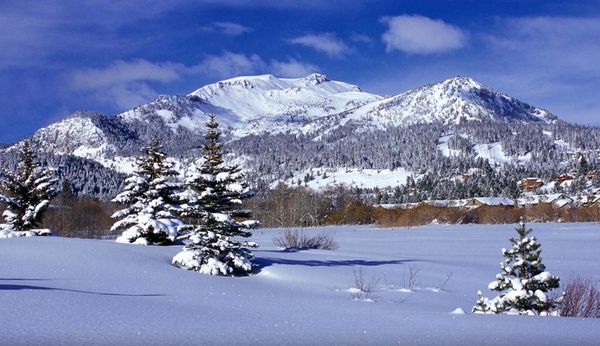
Keep in mind, visiting a destination during a less desirable season can be better than never going at all!
1. High Season
During high season, destinations typically have the best weather. Or it might just be a popular travel time because of holidays or vacation schedules.
For example, June to August is considered the high season for many family-friendly destinations because it’s summer break for students.
So a drawback of traveling during high season can be a crowded destination.
That said, visiting a place such as New York City during the Christmas high season can be a magical experience because of the holiday spirit and decorations.

Traveling during high season can make it challenging to find award flights because airlines limit the number of award seats they release. Or you might have to pay more just because of the travel dates.
For example, you can book a one-way award flight from 6 US cities to Dublin on Aer Lingus for 13,000 British Airways Avios points during off-peak travel times. But the cost increases to 20,000 points for peak travel.
To avoid frustration booking award travel during high season, you can consider redeeming points for travel with airlines like JetBlue and Southwest. These airlines have no blackout dates. So as long as a seat is available for sale, you can book it using points!
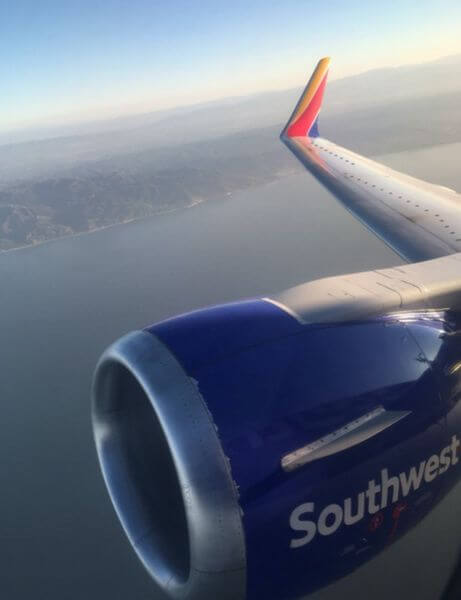
Or you can redeem flexible points with programs like Chase Ultimate Rewards or Citi ThankYou through their travel portal for ANY flight with no blackout dates. You might not get as much of a value for your points this way. But you’ll get to the destination you want during a popular season.
2. Shoulder Season
Traveling just before or right after high season can be a terrific time to take a trip. The weather can be mild and the destination might not be as crowded.
For instance, team member Scott has had good experiences in October, January, and April in South Florida, Orlando, and Cancun.
Team member Jasmin took her kids to Walt Disney World in October. The weather was excellent, and because of low crowds, they never had to wait long in line at the Disney parks.
And team member Keith had a wonderful experience traveling to Italy in November during shoulder season. The temperatures were crisp and it wasn’t crowded in the popular tourist spots like Florence and Pisa.
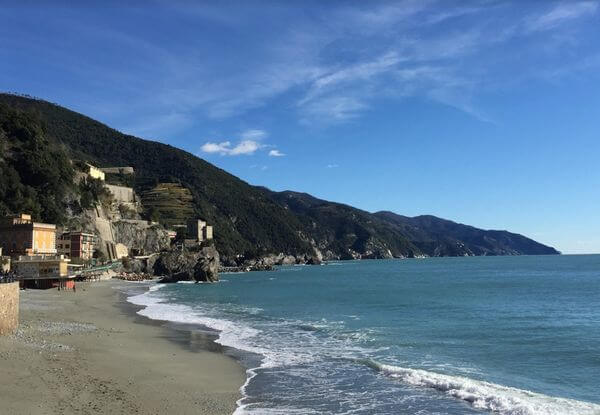
And with fewer folks traveling during shoulder season, you can find better deals on award travel.
3. Off-Season
Traveling during the off-season means you’ll experience the fewest crowds and cheapest prices.
But depending on the destination, there are also risks to consider. For example, a trip to the Caribbean in August to September means you face potential hurricanes.
Similarly, team member Scott says off-season weather in Nordic countries like Denmark and Finland isn’t pleasant because it’s cold and dark, which makes it less desirable for tourists.
That said, he made a lifelong memory during Lux Helsinki (Festival of Lights) in January playing a giant pinball game that was projected onto the outside of a building where the “ball” bounced off window ledges and walls.

And when you redeem miles & points for off-peak travel, you might experience better elite status perks, such as room upgrades.
For example, on Emily’s mother-daughter trip to Paris in January, she got an upgrade to an Executive Suite with 2 rooms and 1.5 baths at the Hotel du Louvre.

You might also get lucky traveling in the off-season. Team member Keith went to Cape Town on his honeymoon in June. This is typically a cold and rainy month, but it was sunny and ~70 degrees for the 5 days he was there.
Bottom Line
Traveling during shoulder and low seasons means you’ll likely have the best chance for find good deals on award travel. But some folks can only travel during high season because of vacation schedules.To avoid award travel frustrations during peak travel, you’ll do best by collecting flexible points. Because you can redeem these points for award flights and nights without worrying about blackout dates.
And don’t forget, a vacation during any season is better than none at all! It’s all about the memories and spending quality time with friends and family.
Do you consider the tourism seasons when planning a vacation?
Editorial Note: We're the Million Mile Secrets team. And we're proud of our content, opinions and analysis, and of our reader's comments. These haven’t been reviewed, approved or endorsed by any of the airlines, hotels, or credit card issuers which we often write about. And that’s just how we like it! :)

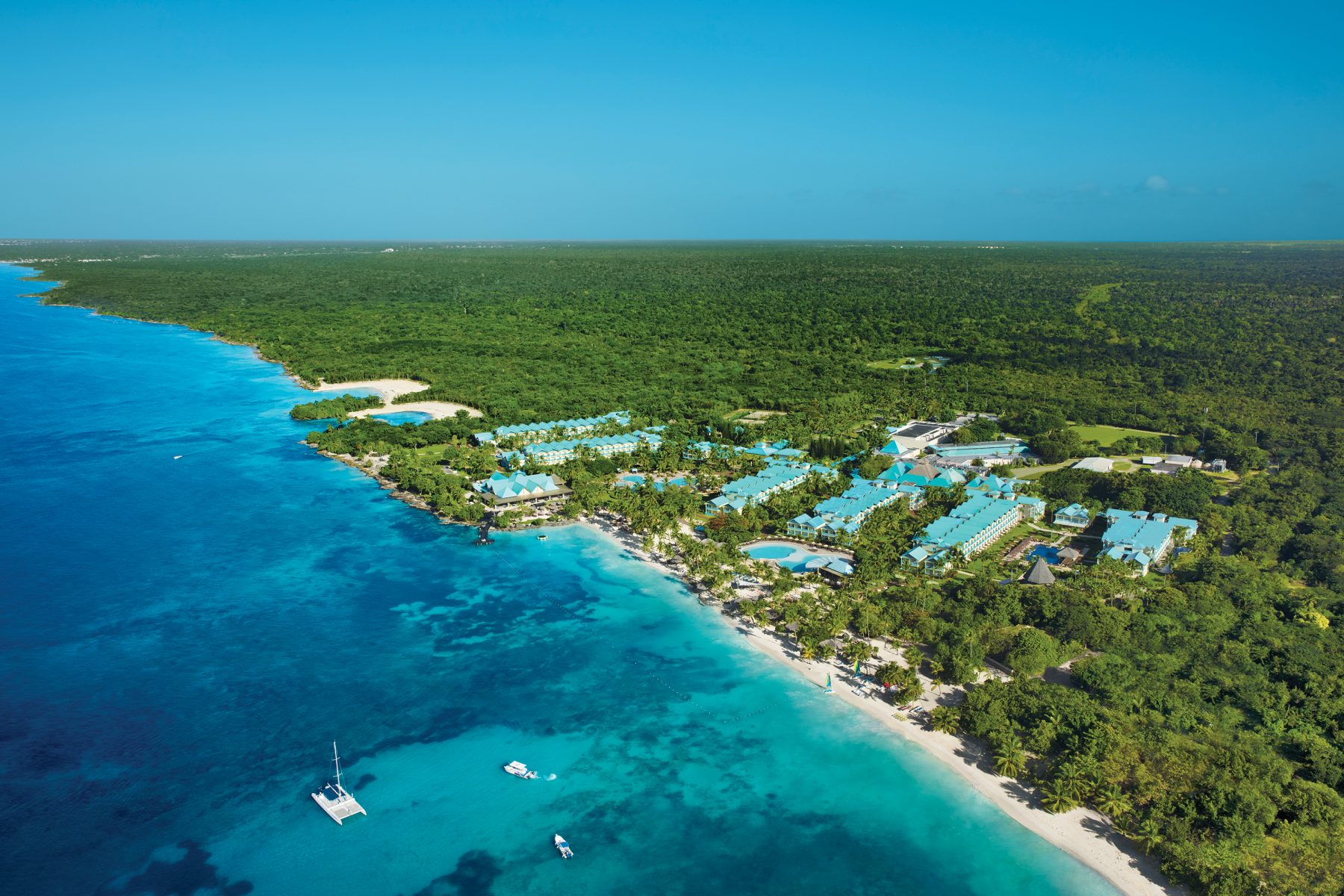
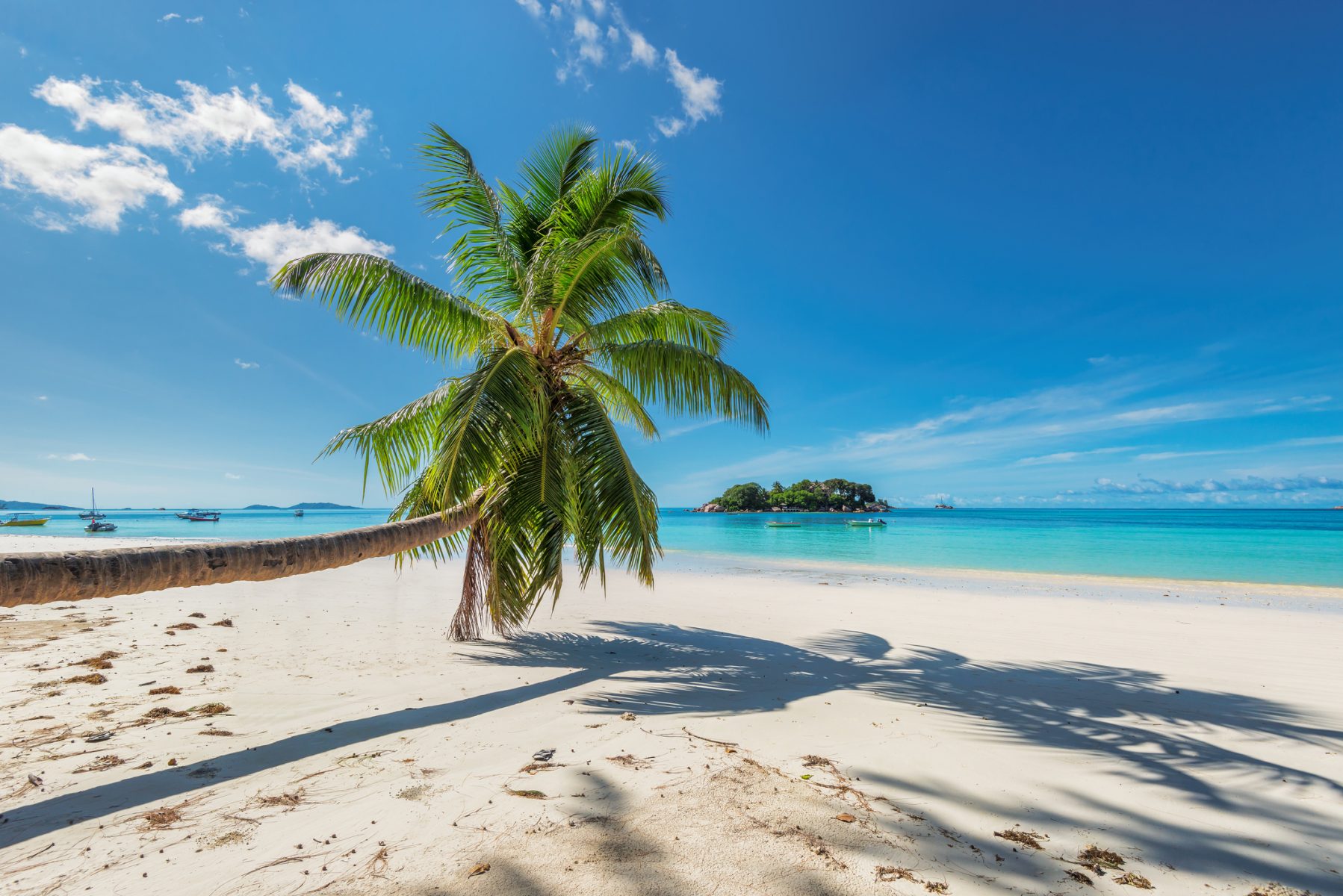



Join the Discussion!